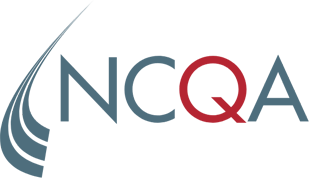No. PQRS reports and Medicare Shared Savings Program (MSSP) would not meet the requirement. For KM 13, practices must demonstrate they participate in an external program that assesses practice-level performance, using a common set of specifications to benchmark results. The external program should also publicly report results and have a process to validate measure integrity.
PQRS is not a performance-based recognition program and is being rolled into MIPS under the Quality Performance category. The MSSP makes data on Accountable Care Organizations (ACOs), rather than at the practice level, publicly available. Because this criterion is not eligible for shared credit, data is required to be at the practice level.
While participation in these programs does not meet KM 13, practices can use participation in MSSP to meet QI 19. Practices in Track 1 MSSP, would be eligible for QI 19 A (1 credit), and practices in Track 2 MSSP would be eligible for QI 19 B (2 credits).
This applies to the following Programs and Years:
PCMH 2017

